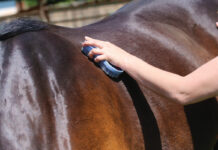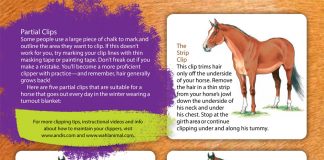There’s something undeniably appealing about a horse with a full, shiny mane and tail. But taking care of a mane and tail requires some extra work!
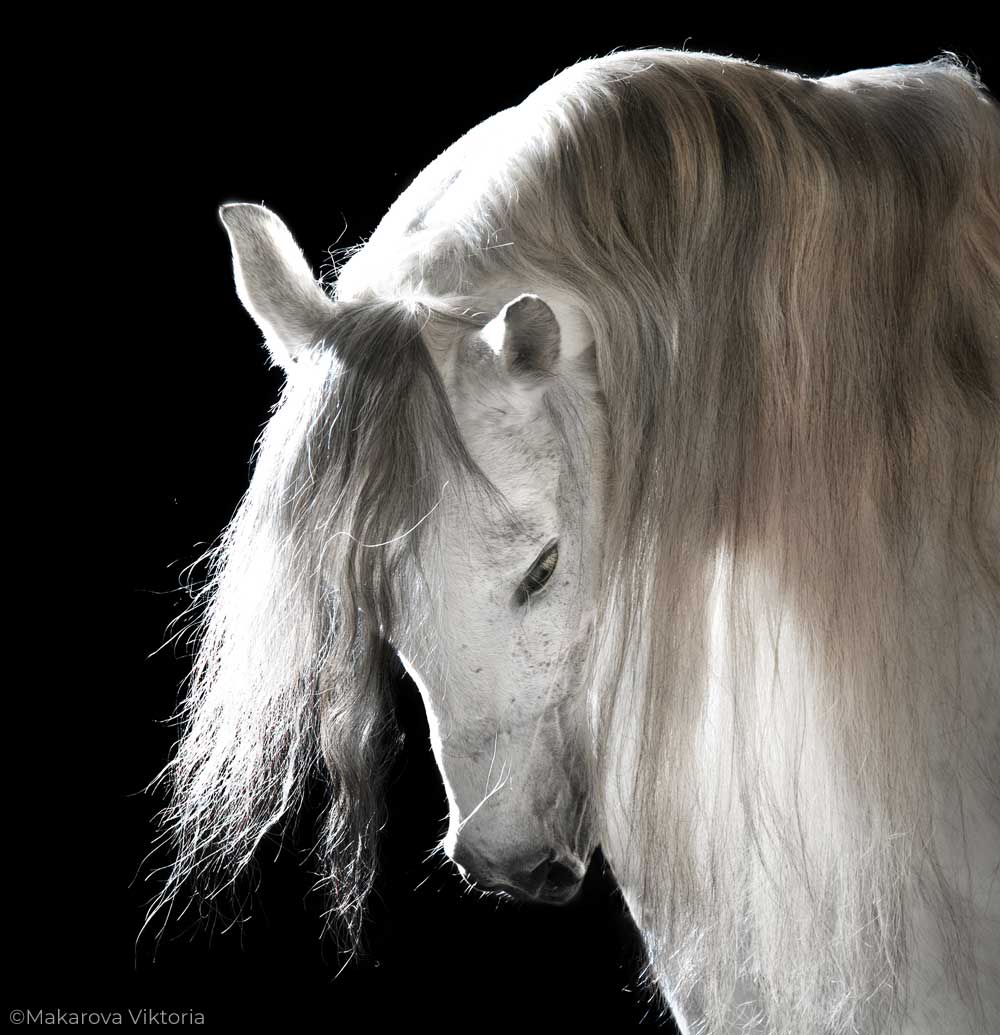
A big part of what makes those thick manes and tails is genetics. Some horses are simply destined for flowing locks, while others are born with the wispy look. There are certainly some things you can do to encourage healthy hair growth, but keep in mind that not every horse is born to grow the kind of mane and tail you might admire on a Friesian or an Andalusian.
Maintaining a Mane
If you compete in hunter/jumper, dressage, eventing, or western pleasure, you’ll most likely take good care of your horse’s mane and keep it short. If your horse has thick hair, you can do this by pulling the mane. This helps keep it tidy and makes it much easier to braid or band for shows.
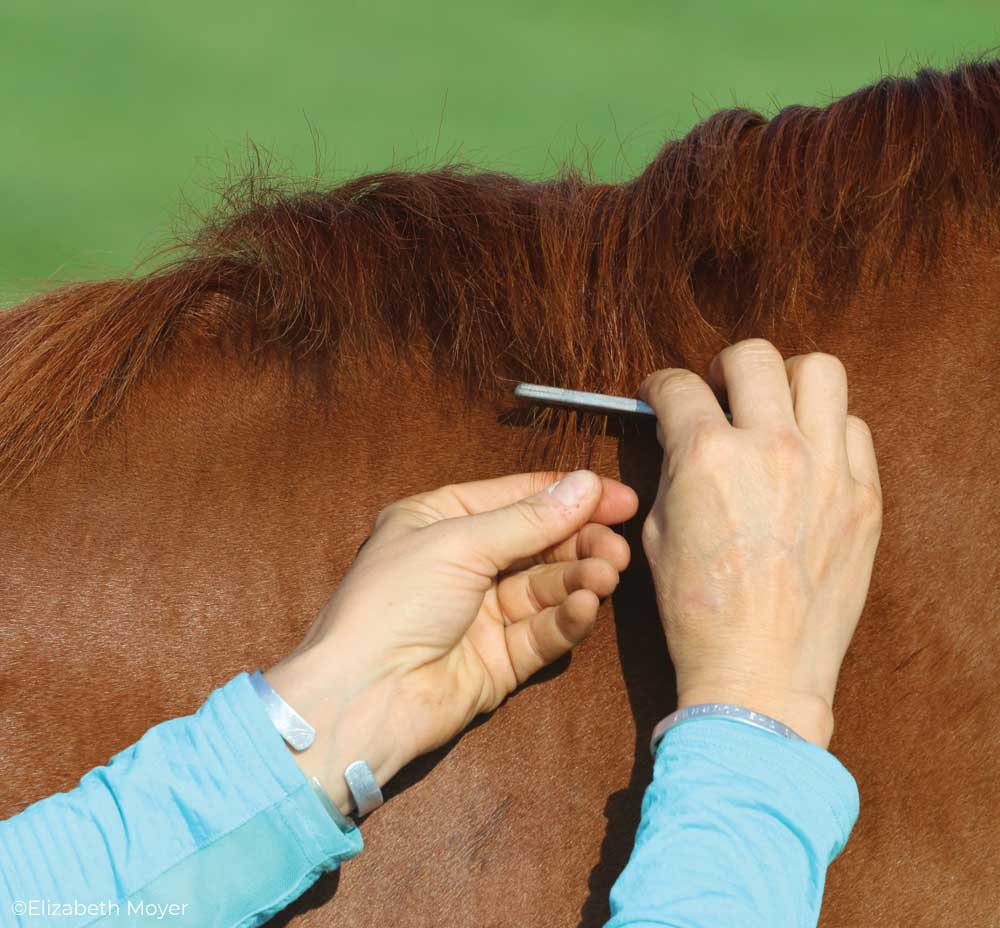
How to Pull a Mane
- Pick through the mane to remove any tangles, then comb a small section and grasp the few longest hairs from that section.
- While holding on to the longest strands, use your mane comb to comb the shorter hairs back up toward the roots.
- With the shorter hairs out of the way, wrap the remaining long strands around the comb and pull straight down. If you only do a few hairs at a time, this shouldn’t require a hard tug—just a careful pull will do.
- Work your way up the mane one small section at a time. If your horse gets really antsy during the process, or if you have a horse whose mane is already very thin, you can shorten the mane by blading. You can purchase a specially designed mane-shortening comb or use an old clipper blade and follow a similar process. Instead of wrapping hair around the comb and pulling, you’ll use the blade to razor off the longest hairs.
Either of these methods is preferable to using scissors to cut straight across, which will leave your horse with a blunt, unnatural look.
Long Manes
If you compete in speed events, reining, cattle events, saddle seat, or if you don’t participate in horse shows, you aren’t required to shorten your horse’s mane at all, but you should still take care of it.
The upside of this is that you don’t have to bother your horse with the mane-pulling procedure. The downside is that longer manes can easily get tangled and dirty unless you put in some extra effort every day.
The best thing you can do with a long mane is carefully detangle it with your fingers every time you groom your horse. Don’t tear through it with a comb or brush, as that will just rip out some of the hair. Take your time and work through any knots, untangling a few hairs at a time. Pick out any bits of hay, burrs, and dried mud as you go. Doing this as often as possible makes a huge difference in preventing bad knots from forming.
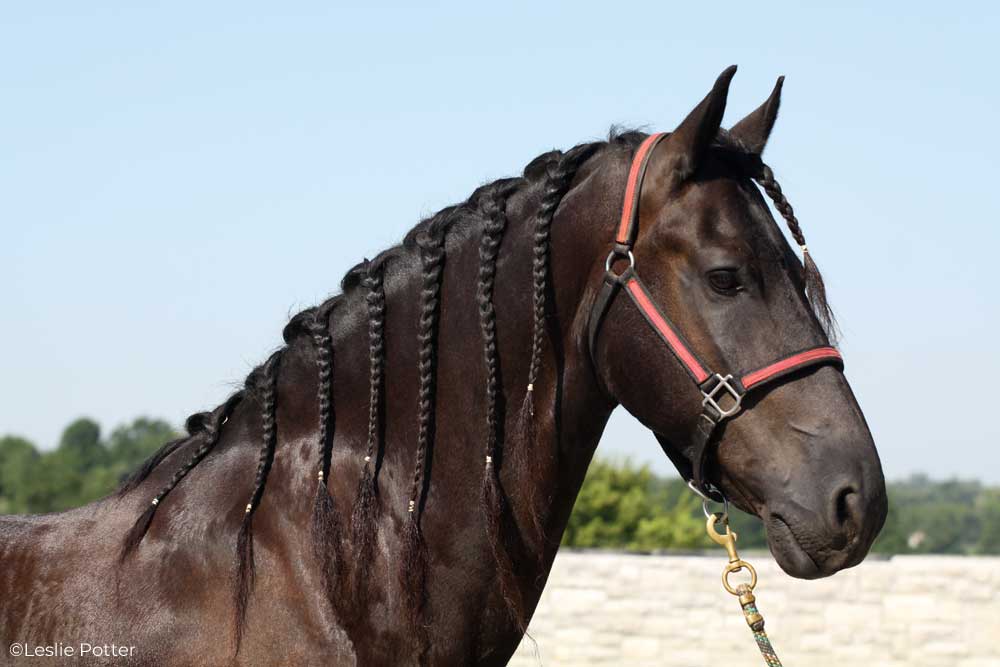
If you encounter a particularly tricky knot, spray some detangler directly on it to help loosen up the hairs. Using a spray-on coat conditioner makes your horse’s hair slick and shiny and can prevent new tangles from forming.
If your horse grows a very long, thick mane that you’d like to preserve, sectioning it into regular braids will prevent tangles from forming. You’ll need to take the braids out and redo them regularly to make sure they don’t become too dirty or matted.
Bath Time
Most of the time, you won’t need to give your horse’s mane and tail a full wash, but it’s important to take care of both the mane and tail. Every so often, such as before a show or if your horse has gotten especially muddy, it’s time for a shampoo.
Wet the mane or tail down, then work in your favorite horse shampoo, really getting down to the roots of the hair. A lot of dirt can get stuck at skin level, and that can lead to skin problems and itching, so make sure you give a thorough scrubbing.
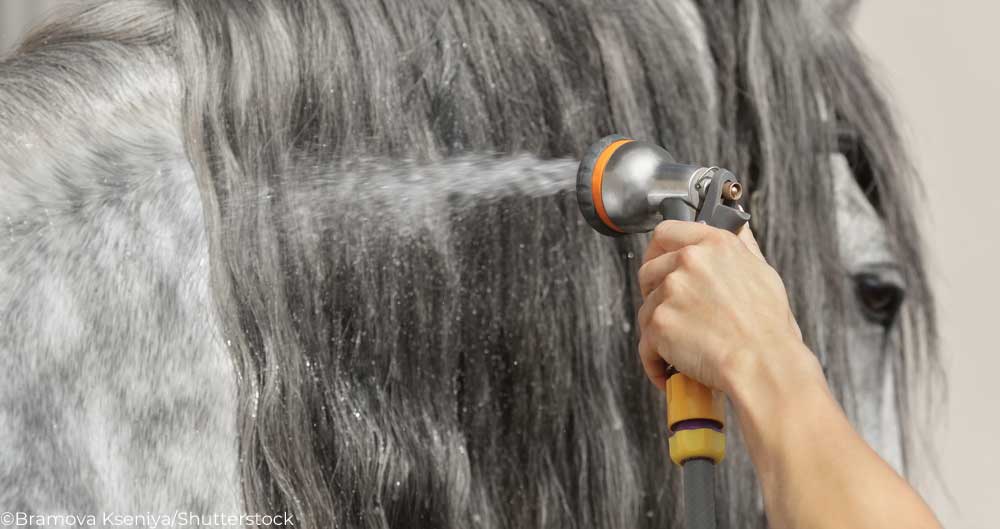
Finally, rinsing is just as important as scrubbing! Soap left on the horse’s skin can cause irritation as it dries, so be sure to rinse thoroughly down to the roots with the hose until the water is running off clear and free of suds.
Note: Whenever you’re washing or working with your horse’s tail, be sure to stand off to the side and pay attention in case he stomps or kicks at flies.
Keep your horse’s long tail clean and protected from breakage. Tap here to learn how to wrap up your horse’s tail.
All of these tips will be sure that a horse owner will be able to take good care of their horse’s mane and tail.
This article originally appeared in the March/April 2019 issue of Young Rider magazine. Click here to subscribe!

